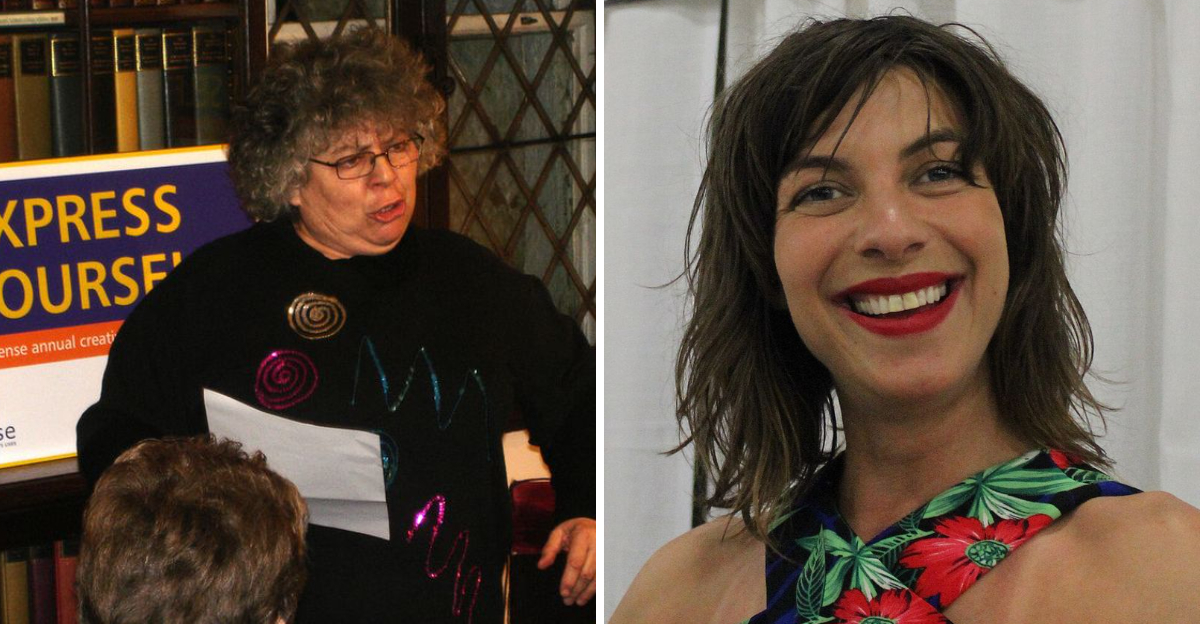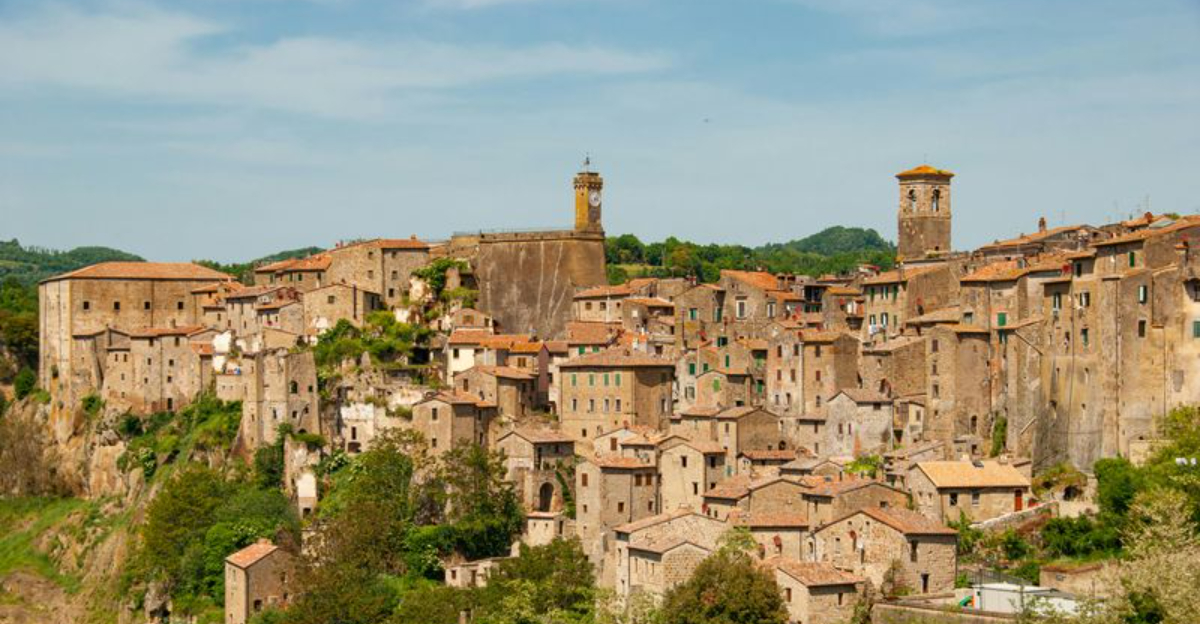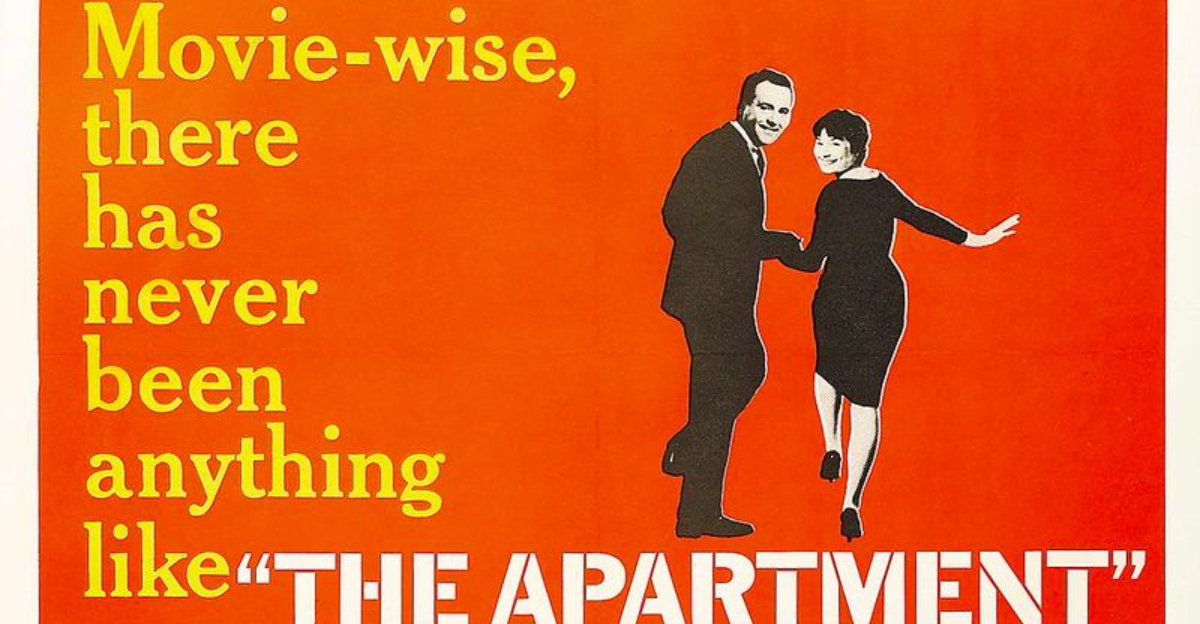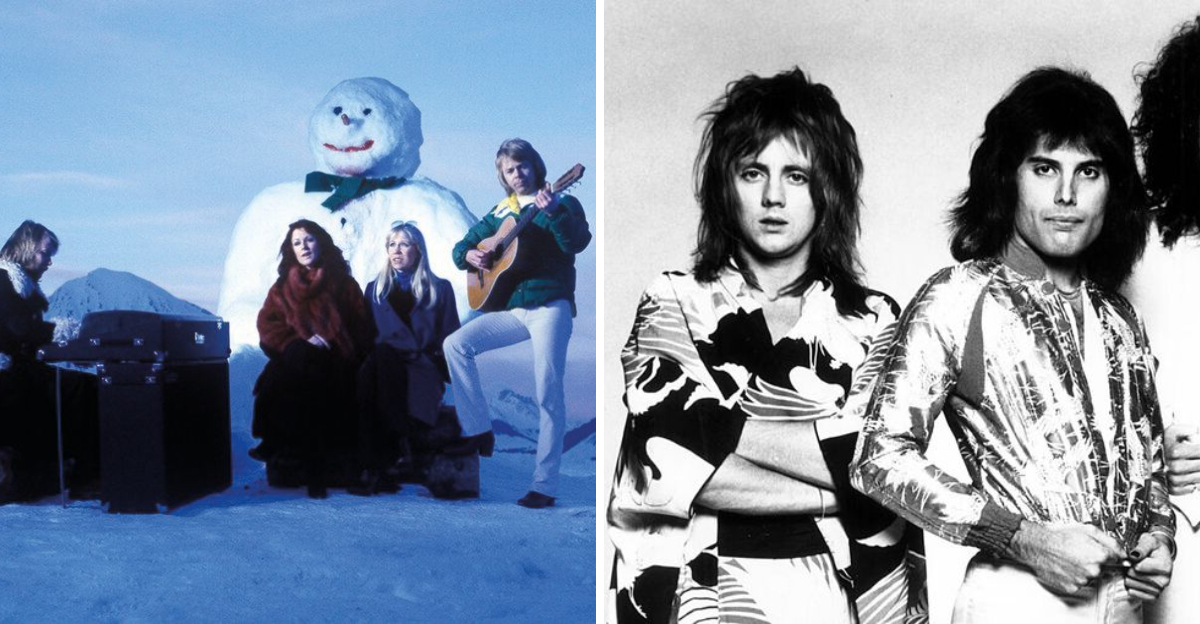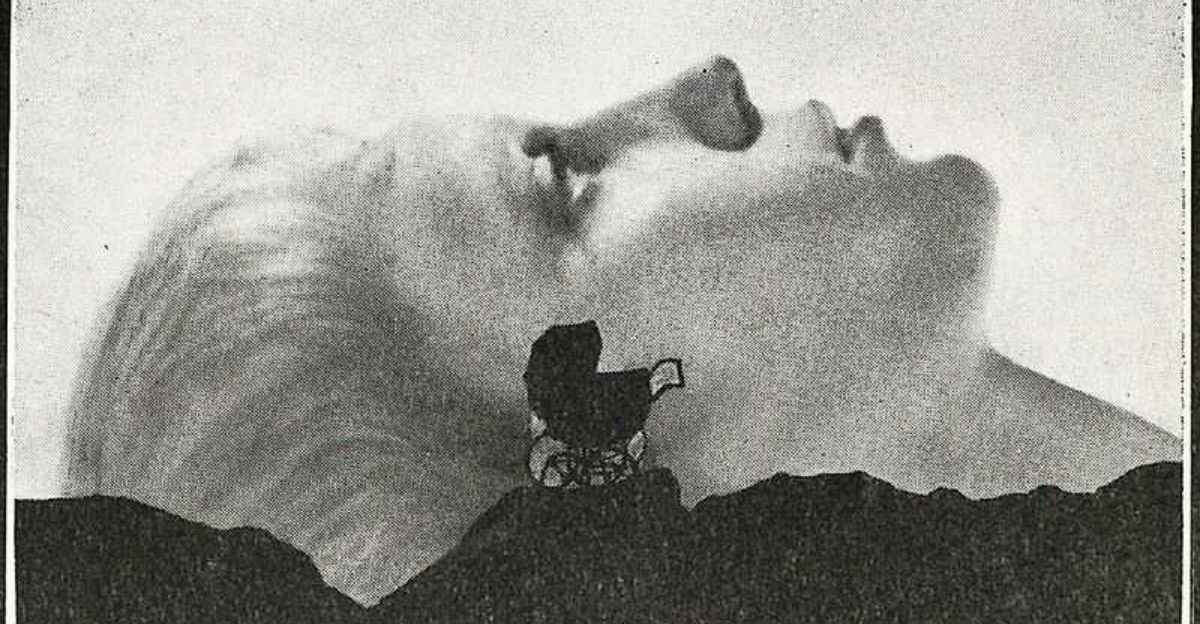16 Childhood Cartoons That Weren’t As Innocent As Saturday Morning Made Them Look
Saturday mornings used to mean cereal bowls, pajamas, and cartoons that seemed perfectly harmless.
But looking back with adult eyes reveals hidden jokes, questionable messages, and content that would never fly today. Many beloved animated shows packed in more controversy than anyone realized at the time.
1. Beavis and Butt-Head
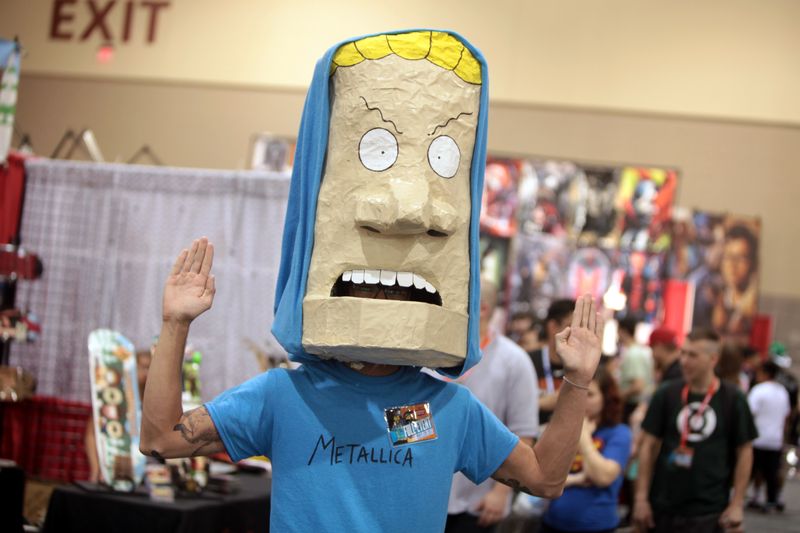
MTV aired this show during hours when kids could easily watch two teenagers obsessed with fire, violence, and crude humor. Beavis’s pyromaniac tendencies allegedly inspired real-life incidents that made national news.
Parents were horrified by the constant stupidity and dangerous behavior presented as entertainment. The network eventually added disclaimers and moved time slots, but the damage to impressionable viewers had already sparked serious debate.
2. The Tom and Jerry Comedy Show
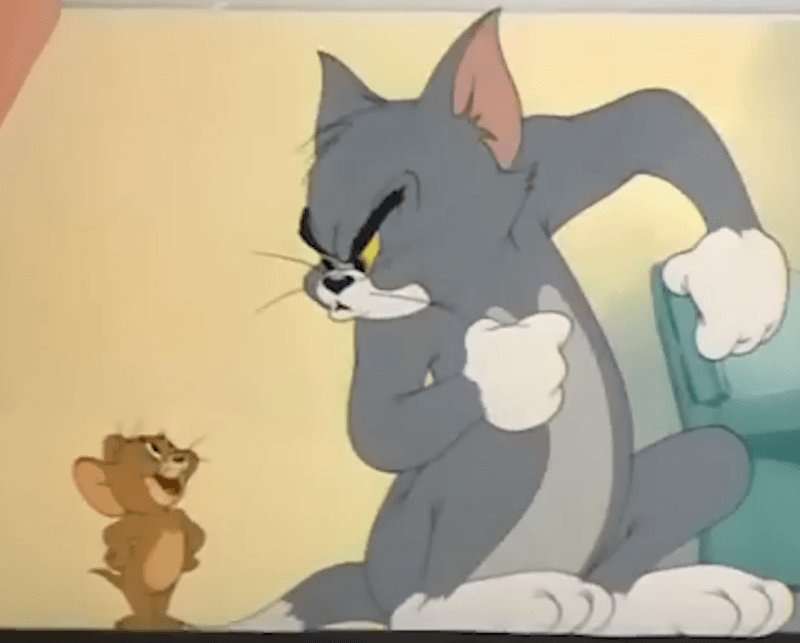
Watching a cat get smashed with frying pans, blown up with dynamite, and electrocuted seemed hilarious to children everywhere. Nobody questioned whether constant violent slapstick might normalize aggression or desensitize young viewers to pain.
Racial stereotypes occasionally appeared in older episodes that networks later pulled from rotation. What passed as harmless cartoon violence in the 1940s through 1980s now gets serious scrutiny about its impact on developing minds.
3. The Smurfs
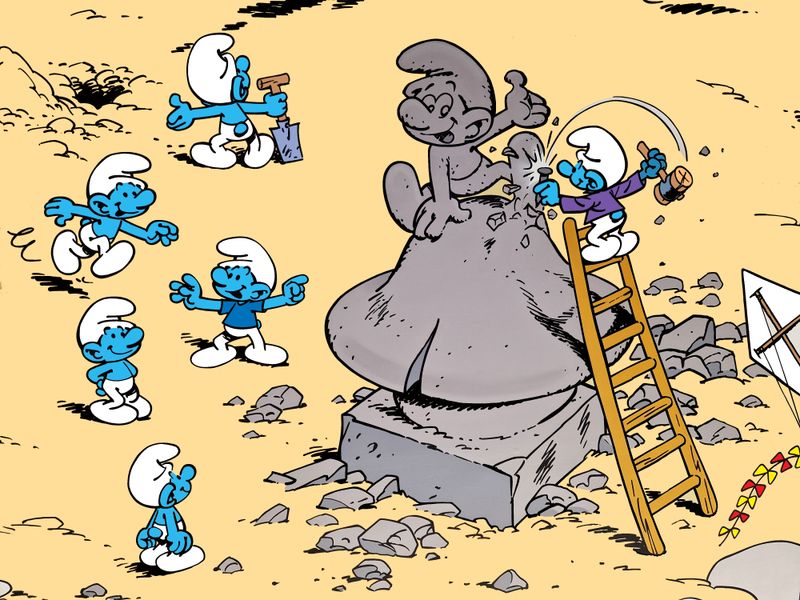
Papa Smurf led a village of identical blue creatures with just one female among dozens of males. Smurfette was literally created by the villain to infiltrate and destroy them, which raises eyebrows about gender representation.
Critics have pointed out the strange communist undertones of their shared resources and Papa’s authoritative leadership. Kids just saw cute blue characters, but adults noticed the odd social dynamics playing out every episode.
4. The Simpsons
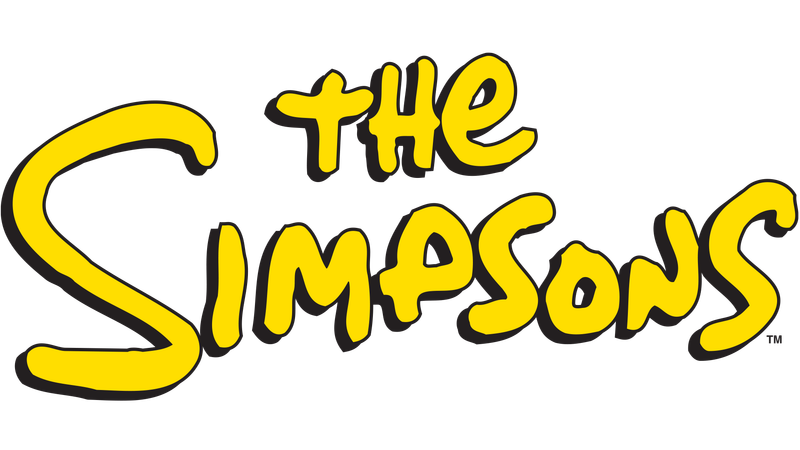
Homer Simpson strangling his son became an iconic running gag that portrayed child abuse as comedy. Bart’s constant disrespect for authority figures and delinquent behavior made him a controversial role model for impressionable viewers.
Early episodes aired when children were still awake, exposing them to adult humor, drinking problems, and dysfunctional family dynamics. What started as satire often got misinterpreted by young audiences who mimicked Bart’s catchphrases and bad behavior.
5. Ed, Edd n Eddy
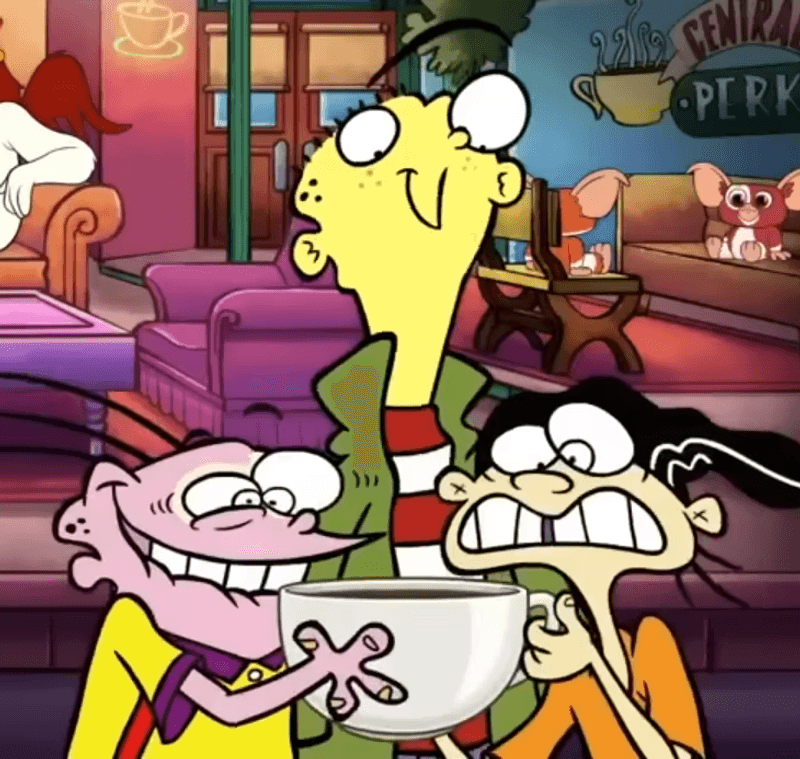
Three kids spent every episode scheming to con their neighbors out of money for jawbreakers, teaching financial fraud as entertainment. Eddy’s constant manipulation and get-rich-quick plots normalized dishonesty and taking advantage of others.
Physical comedy often crossed into bullying territory, especially with the Kanker Sisters’ aggressive romantic pursuits. Kids laughed at scenarios that actually depicted harassment, assault, and unethical behavior disguised as harmless cartoon antics in a suburban cul-de-sac.
6. Rocko’s Modern Life
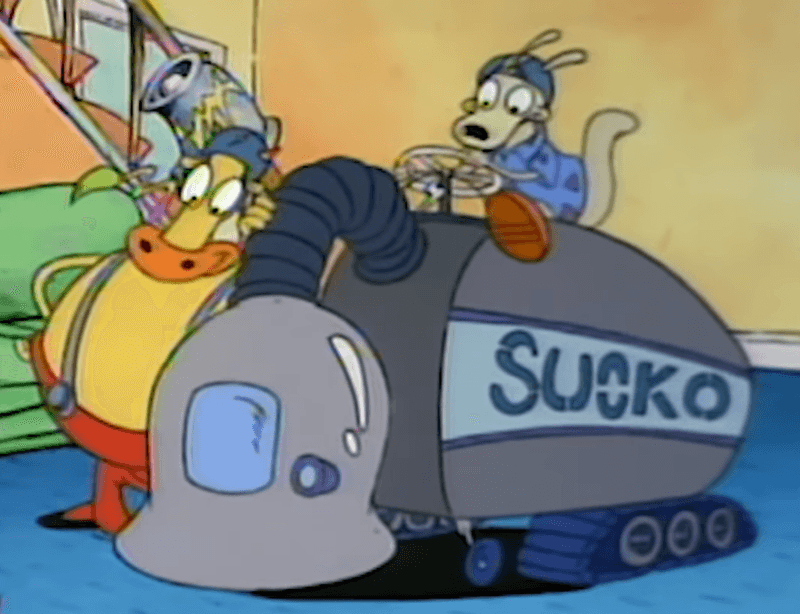
Adult jokes flew completely over children’s heads while parents caught inappropriate references to phone chat lines and suggestive situations. A wallaby working at a comic book shop dealt with corporate greed, existential crises, and thinly veiled mature content.
Innuendo appeared in nearly every episode, from restaurant names to background visual gags that only adults would understand. Nickelodeon somehow got away with sneaking surprisingly risque humor into a timeslot meant for elementary school audiences.
7. Ren and Stimpy
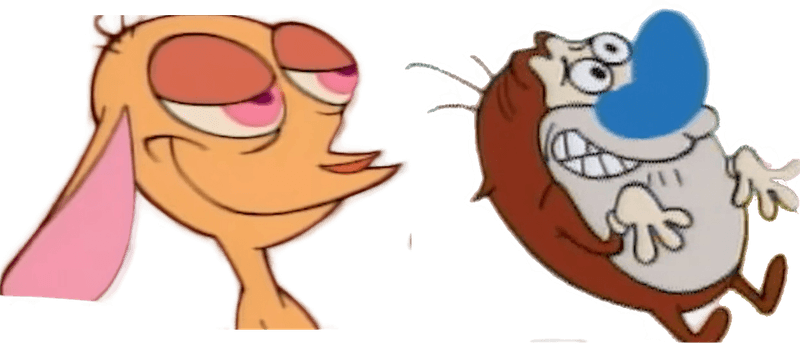
Extreme gross-out humor pushed boundaries with disturbing imagery that gave children nightmares while adults questioned its appropriateness. Close-ups of disgusting details, violent outbursts, and psychological torture masqueraded as children’s programming.
Creator John Kricfalusi’s later controversies cast an even darker shadow over the already questionable content. What seemed edgy and rebellious in the 1990s now looks deeply problematic, with inappropriate themes that never belonged in cartoons marketed to young viewers.
8. Johnny Bravo
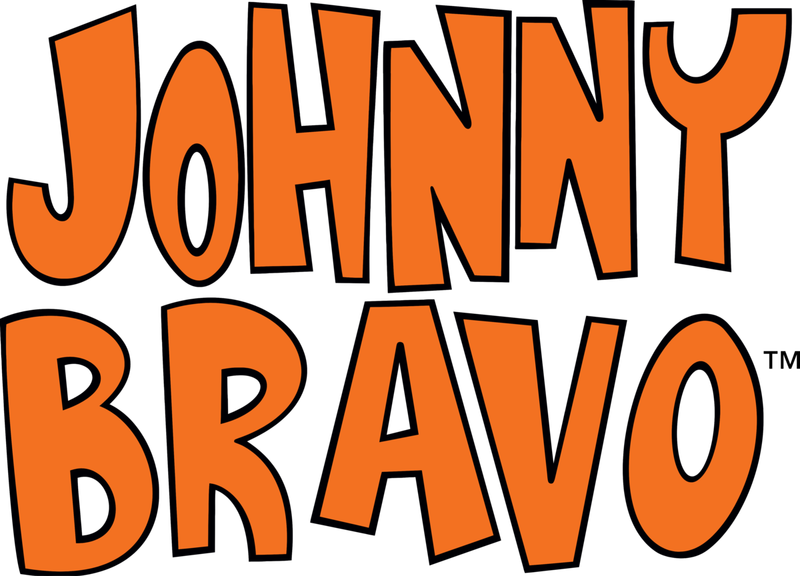
A muscular narcissist spent every episode harassing women who consistently rejected his unwanted advances. Johnny’s behavior modeled toxic masculinity and persistent pursuit despite clear disinterest, teaching terrible lessons about consent and respect.
While the show framed him as a buffoon deserving mockery, kids still watched someone repeatedly ignore boundaries without real consequences. His catchphrases and swagger made inappropriate behavior seem cool rather than creepy to impressionable young boys watching.
9. South Park

Crude paper cutout animation featured elementary school kids swearing constantly and dealing with extremely adult situations involving violence, sexuality, and controversial social commentary. Networks aired it late, but kids still found ways to watch.
Nothing was off-limits, from religion to politics to graphic content that traumatized younger viewers who stumbled upon it. Parents were shocked to hear their children repeating Cartman’s offensive lines, proving the show reached audiences far younger than intended.
10. Family Guy
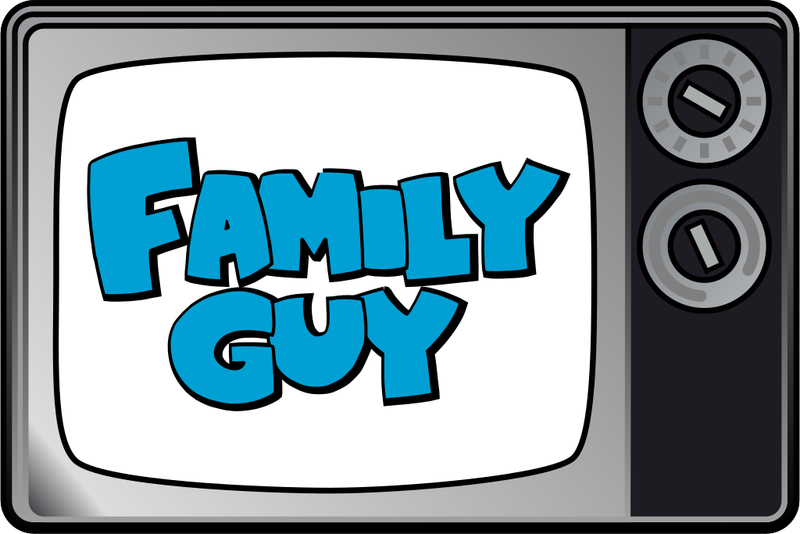
Peter Griffin’s abusive treatment of his daughter Meg normalized bullying within families as acceptable comedy. Cutaway gags frequently featured violence, sexual content, and offensive stereotypes that pushed far beyond typical animated sitcom boundaries.
Baby Stewie’s murderous plots against his mother and sophisticated villain persona created disturbing scenarios played for laughs. Despite targeting adults, countless children watched and absorbed humor built on shock value, cruelty, and content wildly inappropriate for developing minds.
11. Beetlejuice
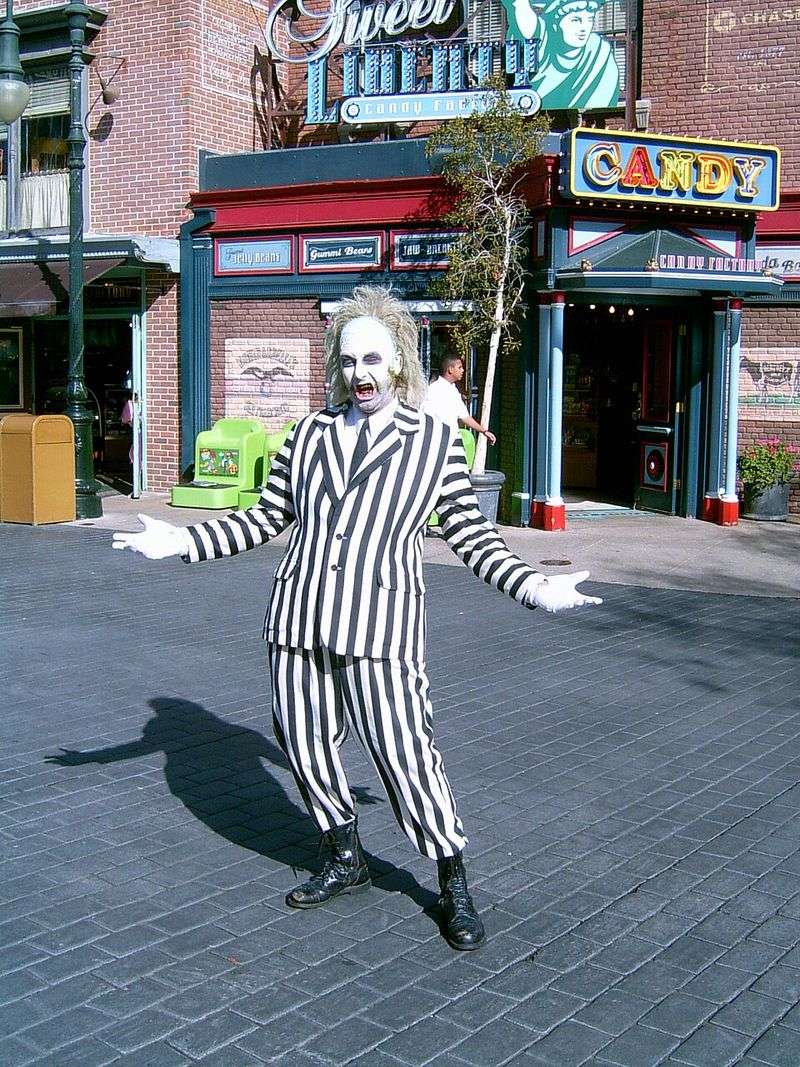
A cartoon based on a movie about a perverted ghost somehow became Saturday morning fare for children. Beetlejuice’s schemes often involved trickery, chaos, and supernatural elements that sanitized the film’s darker adult themes.
The original movie featured adult content wildly inappropriate for kids, yet the animated version marketed the character to young audiences. Parents who knew the source material questioned why a crude ghost with questionable morals got repackaged as child-friendly entertainment.
12. The Flintstone Kids
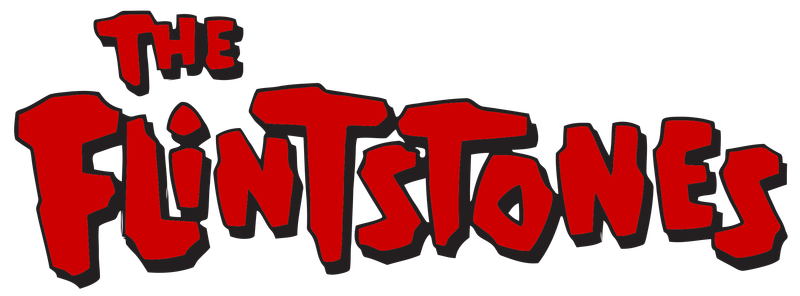
Taking adult characters from a primetime show and making them children seemed innocent until you remembered the original’s themes. The Flintstones dealt with marital issues, gambling, and adult situations that lingered in this supposedly kid-friendly spinoff.
Reimagining characters as children allowed networks to recycle intellectual property while exposing new generations to a franchise built on adult humor. Kids watched without knowing these characters originally appeared in a show tackling mature themes and domestic situations.
13. Codename: Kids Next Door
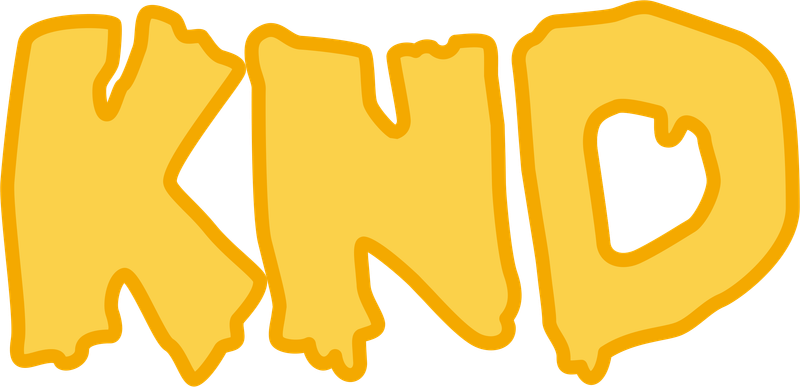
Children operated sophisticated weaponry and military-style operations against adults in an ongoing war between generations. The show framed all adults as enemies, potentially fostering distrust and adversarial relationships between kids and authority figures.
Elaborate missions involved combat scenarios, espionage, and tactical operations that militarized childhood play. While imaginative, the constant battle mentality and us-versus-them ideology raised questions about messages children absorbed regarding cooperation, respect, and intergenerational relationships in society.
14. The Boondocks
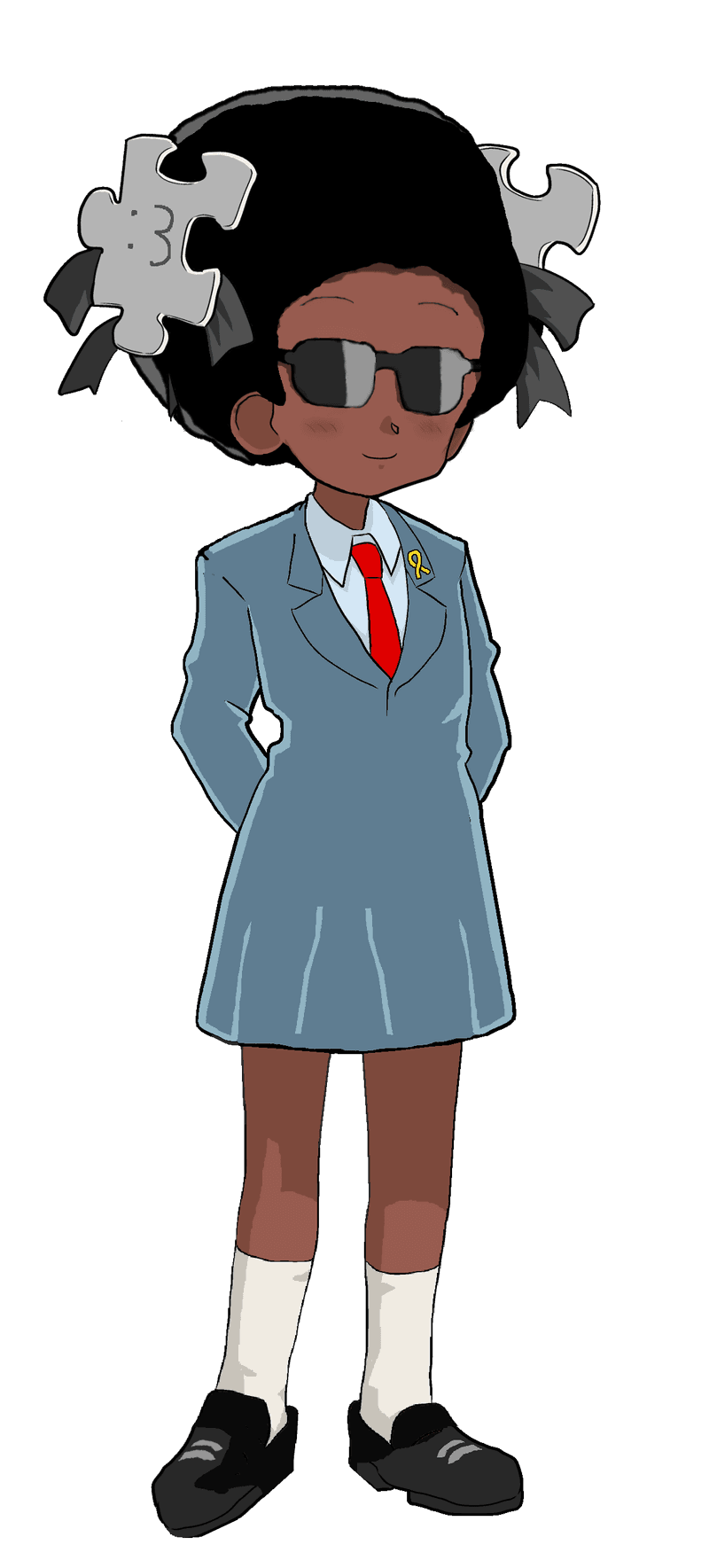
Aaron McGruder’s sharp social commentary tackled racism, politics, and cultural issues through characters who looked like children but spoke like activists. Heavy use of racial slurs and controversial topics made it completely inappropriate for actual kids.
Despite appearing as animation, the show delivered adult content addressing systemic inequality, violence, and complex social dynamics. Networks aired it late, but the cartoon format confused boundaries, leading some children to watch content far beyond their comprehension or appropriate viewing age.
15. SpongeBob SquarePants
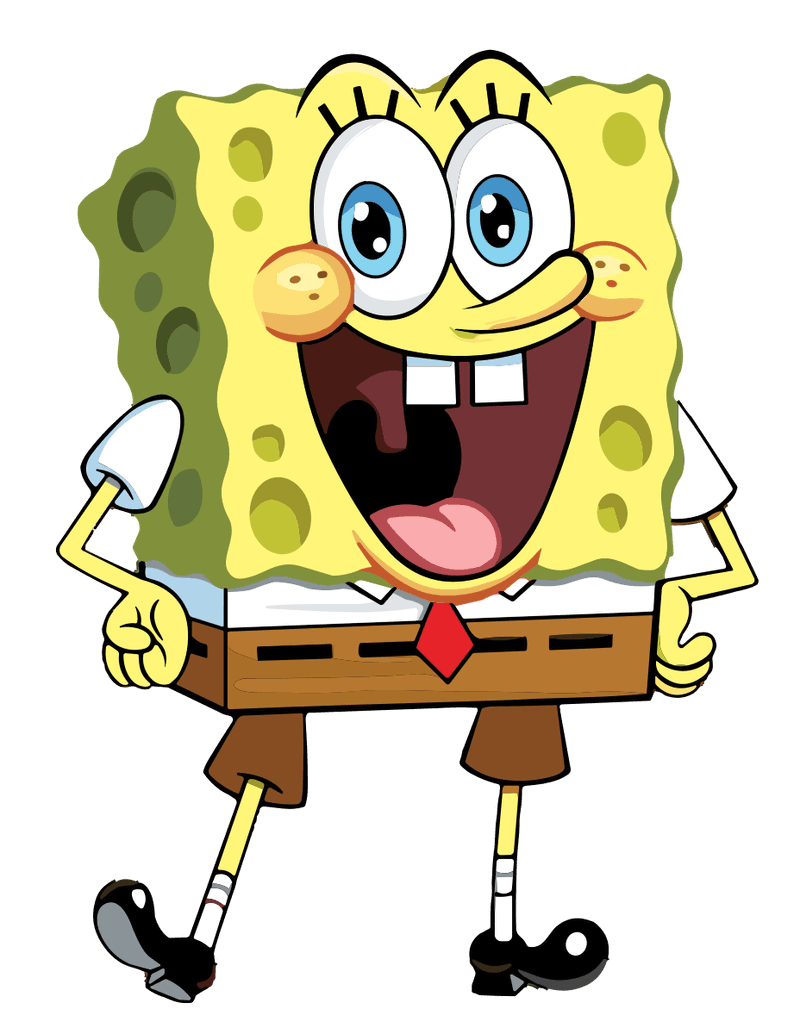
A hyperactive sponge living in a pineapple seems innocent until you notice the adult humor sprinkled throughout episodes. Innuendo, dark jokes, and surprisingly mature themes appear regularly beneath the colorful underwater setting.
SpongeBob’s relationship with Patrick has sparked endless speculation, while Squidward’s depression and Mr. Krabs’ greed model surprisingly dark character traits.
What appears as silly kid entertainment actually contains layers of humor and themes that resonate differently with adult viewers watching alongside their children.
16. The Powerpuff Girls
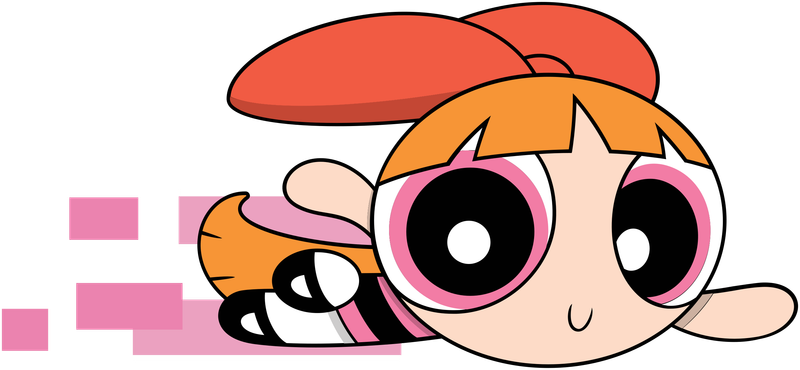
Kindergarten-aged girls with superpowers fought grotesque villains in surprisingly violent battles that featured disturbing imagery and intense action sequences. Episodes tackled gender roles, toxic masculinity, and social issues through a deceptively cute aesthetic.
Villain designs often appeared genuinely frightening, with body horror elements that seemed inappropriate for the show’s young target audience. Professor Utonium creating daughters in his lab raised questions nobody wanted to examine too closely in a show otherwise celebrating girl power and heroism.

